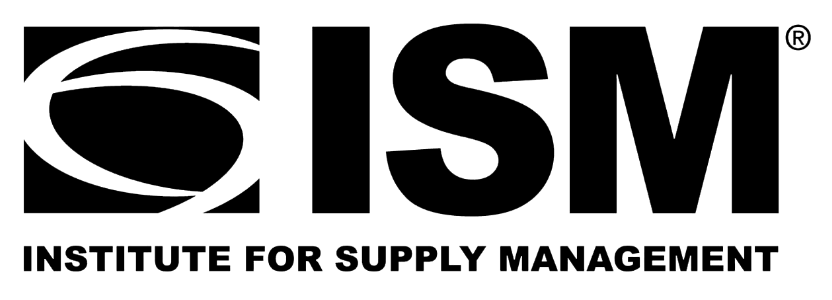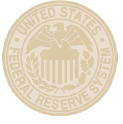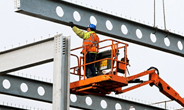Economy

ISM: Manufacturing expansion loses steam after two months of growth
Written by Ethan Bernard
April 1, 2025
US manufacturing activity slowed in March after two straight months of expansion, according to supply executives contributing to the Institute for Supply Management (ISM)’s latest report.
The ISM Manufacturing PMI (Purchasing Managers Index) stood at 49% in March, off 1.3 percentage points from 50.3% a month earlier.
A reading higher than 50% indicates the manufacturing economy is growing, while a reading below that shows contraction.
However, the overall economy continued to expand for the 59th month after a month of contraction in April 2020, ISM said. (A Manufacturing PMI higher than 42.3%, over a period of time, usually indicates an expansion of the overall economy.)
“In March, US manufacturing activity slipped into contraction after expanding only marginally in February,” ISM Chair Timothy R. Fiore said in a statement on Tuesday.
He noted that expansion in January and February came after 26 straight months of contraction.
Last month, though, Fiore said: “Demand and output weakened while input strengthened further, a negative for economic growth.”
The New Orders Index declined further into “contraction territory,” registering 45.2% in March vs. 48.6% a month earlier, according to ISM.
“Orders continue to slow, as discussions about who will pay for potential tariff costs are the prime topic of negotiations between buyers and sellers,” Fiore said.
Also, he commented that New Export Orders contracted (49.6% vs. 51.4%) as “panelists’ comments cited Canadians’ lack of desire to purchase US goods due to the friction between the countries.”
In March, overall, fabricated metal products and primary metals were among the six manufacturing industries that reported growth.
Executive comments
A fabricated metals executive said that new order levels have increased and are better than expected.
“We suspect that our customers are trying to build inventory at current prices to get ahead of expected tariff and related cost increases. We expect this surge in demand to be short-lived,” the executive added.
A primary metals executive commented that “bearish market sentiment and tariff applications and costs have dominated discussions over the past month.”
The executive noted that this “should continue to dominate markets until a clear path forward is determined.”
“Overall concern is whether or not demand destruction will occur with higher pricing,” the executive concluded.

Ethan Bernard
Read more from Ethan BernardLatest in Economy

Beige Book shows concerns about trade policy
Manufacturing was mixed, but two-thirds of districts said activity was little changed or had declined.

New York state manufacturing index drops again in April
Firms were pessimistic, with the future general business conditions index falling to its second lowest reading in the more than 20-year history of the survey

Construction adds 13,000 jobs in March
The construction sector added 13,000 jobs, seasonally adjusted, in March, but tariffs could undermine the industry.

Supply chains, end-users brace for impact from tariffs
Supply chains are working through what the tariffs mean for them
